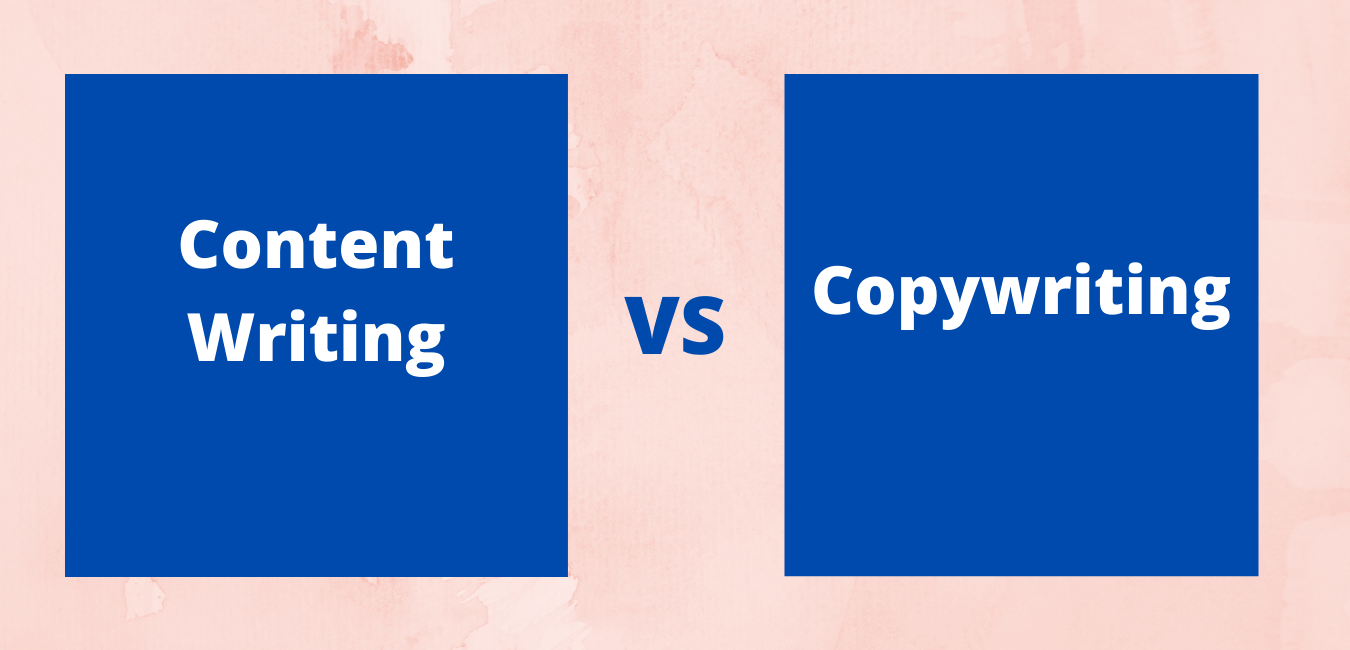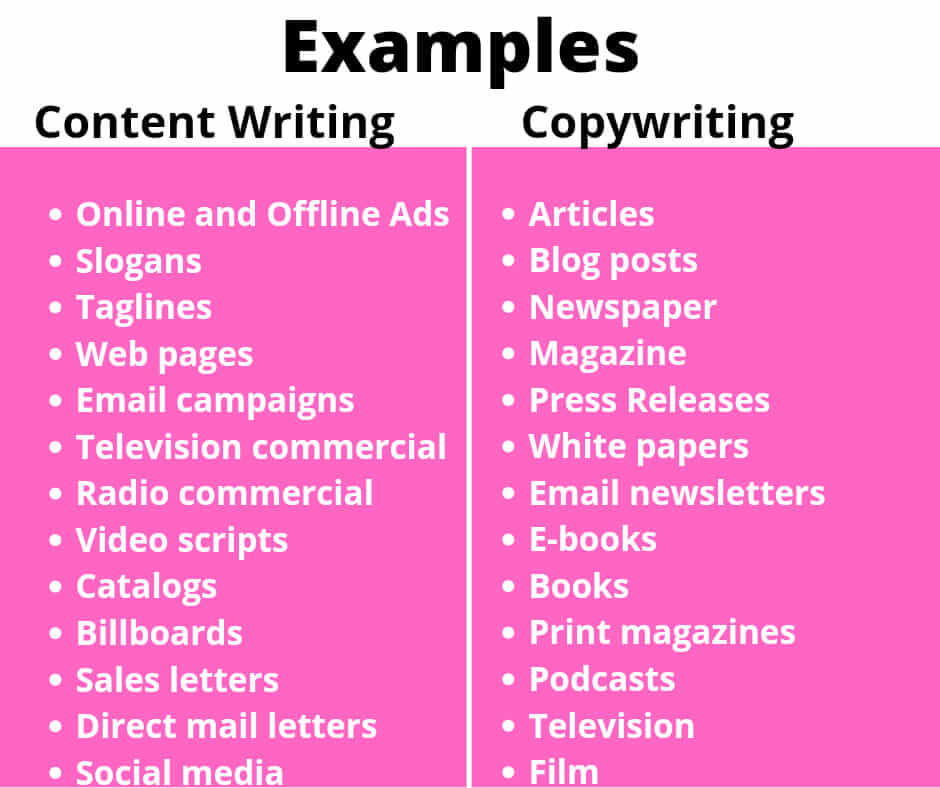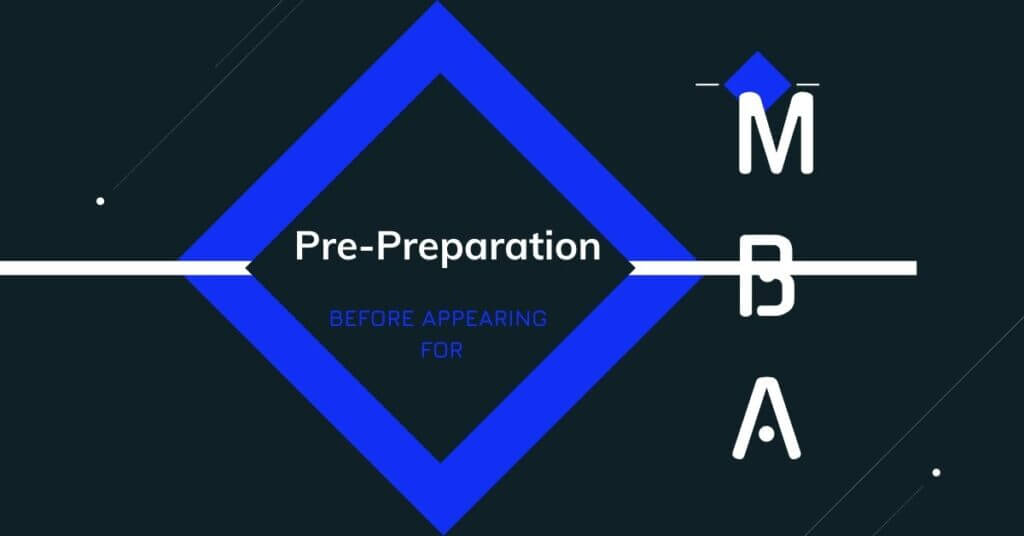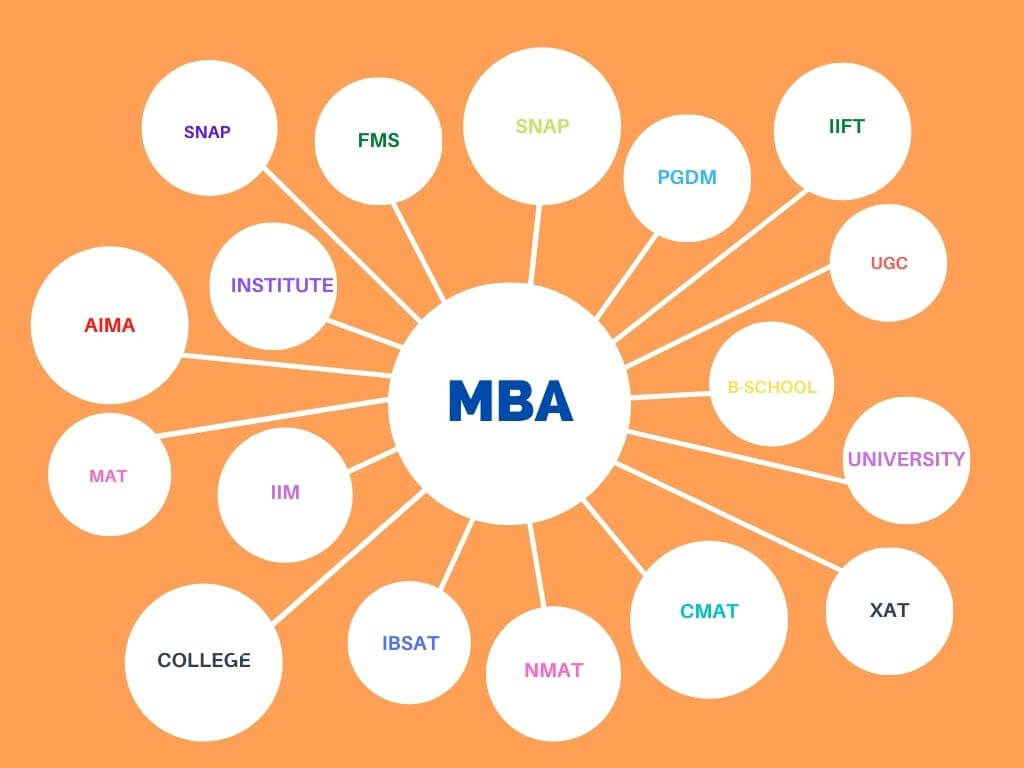Content Marketing : Free Guide for Beginners
Content Marketing has come out to be one of the strong buzzwords in recent years.
But the reality is different.
And the reality is surprising.
Content Marketing has been around far longer than the internet was.
Content Marketing is as old as 300 years ago.
It was during the year 1732, when a man named Benjamin Franklin, published his book called Poor Richard’s Almanack.
It was way back he introduced the world with this Content Marketing approach.
Content Marketing is all about storytelling and we humans resonate very well with the stories. Our attention has a tendency to go to those who have good stories.
The impact manifolds when the same story comes out in the form of storytelling. This is a mix of creating good content and marketing it in a correct way.
Now coming back to your question.
What is Content Marketing?
Before you understand the meaning of Content Marketing, lets us first know the meaning of Content.
Content is any form of information that will educate, infuse, motivate, inspire, convince a set of your targeted audience.
Now, that you have the meaning of Content in place.
Let’s move to the next step.
According to Wikipedia- Content marketing is a form of marketing focused on creating, publishing, and distributing content for a targeted audience online.
This marketing uses things like articles, e-books, videos, entertainment, and webinars that answer specific questions people have and provide them with solutions.
Some of the best examples seen are mentioned below :
1. Amul
This is a great approach from Amul in the form of Content Marketing.
Everyone knows about the cute animated girl in all the products of Amul.
Whenever there is any fresh issue or a cause. Amul girl always comes out with its own opinion in the form of content.

2. Oreo India
Orea cream biscuit ads, which teach us how to eat biscuit?
‘Twist Karo, Lick Karo, Aur Phir Dunk Karo’.
This ad created a niche in the market which was dominated by Parle and Britannia.
This was considered as one of the best content marketing examples

3. Flipkart
One of the ads of Flipkart with the tagline “‘India Ka fashion capital’ touched on the customers’ thoughts and preferences. This content successfully created an awareness of the latest trends and fashion in the public mind.

4. Shaadi.com
Shaadi.com came up with the hashtags #takethe pleasure off. This was the latest ad where the mother appreciated her daughter’s decision to say no to a marriage proposal she was not keen on.
Most of the ads in Shaadi.com are female-centric, where they try to touch a chord with their audience with very general concepts.

The Different Types of Content
Following are the different types of Content used in different formats for marketing.
- Blogging
- Video
- Podcasting
- Infographics
- Visual content
- Ebooks
- Lead magnets
- Whitepapers
- Presentations
- Quizzes
- Checklists
- Courses
- Webinars
- Free apps
- Tools
Why Content Marketing is important.
Content Marketing is very important and it’s gaining popularity at a very fast pace.
Most of the business use it for various reasons and they have been using it for hundreds of years.
But, you have to understand one basic fundamental.
Is Content Marketing right for your business?
Just because all the businesses whether B2B or B2C is using, doesn’t mean it will be the right fit for you.
The answer to this is many, but you need to find the best answer for this.
One answer out of many can be, the power to provide the solution for your problem should be the top priority.
Content Marketing acts as a powerhouse and has the capability to solve the below-mentioned issues.
1. Content Marketing has the power to drive traffic
Good well-written content in the web pages brings traffic to your website. So it is considered as a traffic problem solver.
2.Content Marketing has the power of lead generation
Well-versed content brings traffic to your website. Quality and engaging content will provide value to your audience. A right lead magnet will act as a catalyst in the conversion of your visitor to a lead.
A lead magnet can be any piece of valuable information like an ebook, checklist, webinar, courses, etc. Thus, Content marketing has the power of lead generation.
3.Content Marketing has the power of conversion.
Figure out the problem of your audience and try to address their problem. Explain to them the possibilities of overcoming the problem.
Help them with the solution and try to fix the problems.
This helps in conversion.
4.Content Marketing has the power to build the brand.
Solve the problem of the audience. Keep yourself in their shoes, to get the real feel.
Create content which is of value to them and provide solutions to their problem.
Keep doing this consistently. Over the period relationship is developed and trust is gained.
This helps in growing your brand and this happens in the long run.
Content Marketing Strategy
Content Marketing plays an important role in providing a tremendous opportunity for businesses to increase their outputs.
By producing valuable and relevant content to users, you can improve your online presence, trust and build a community and grow your brand.
Content Marketing is just not about creating and distributing the content on different platforms.
Content Marketing when used effectively as a powerful tool can help in growing online visibility and thus generate a profitable customer base.
The following steps will help in creating and executing the Content Marketing approach in a proper way :
- Set your Goals.
- Frame your KPIs
- Understand your audience
- Select the best content channel
- Finalize your Content types
- Create content calendar and content
- Distribute and market your content
Content Mapping
Content Mapping plays a pivotal role in the content marketing strategy.
Content mapping is the act of understanding your audience so well that you can then create content for each stage of their journey toward buying your product.
So, mapping the content with the buyers’ journey can create wonders.
Here is when the Content Marketing Sales Funnel Strategy comes into the picture.
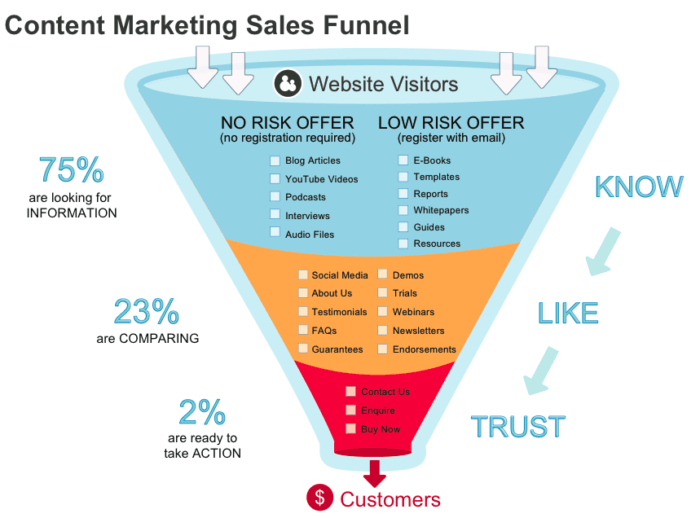
Content Marketing Funnel is a process or an approach that helps a business or brand attract their customers and guide them through their buying journey.
There are mainly 3 stages of this funnel.
TOFU (Top of the Funnel) – Awareness
is the top of the funnel and is the wider portion of the funnel. TOFU is all about creating visibility and awareness of the products, services & business.
The main objective of this stage of the funnel is lead generation. All the information is collected at this stage to use in nurturing the leads down the funnel.
MOFU (Middle of the Funnel) – Consideration
It is the middle stage of the funnel, you need to position yourself as the best services or product provider to the customer. At this stage, you need to provide maximum value so that they are willing to learn more about your company.
Interest and consideration are the main goals in this stage of funnel marketing.
The main intent in the middle of the funnel is to capture and nurture leads.
BOFU (Bottom of the Funnel) – Decision
This is the bottom and the lowermost part of the funnel, where you have already created a lot of trust and value with your customer.
It is at this stage that you have to present yourself in a compelling way. This is the stage where leads turn into real and loyal customers.
The main objective in this final stage of the funnel is to convert leads into customers.
Conclusion
Content Marketing is like an ocean. The more you dive in the more you get the experience.
This is just the tip of the iceberg.
I hope you got a good idea of what it takes to be a good content marketer.
Share your content marketing insight in the comments section below.



